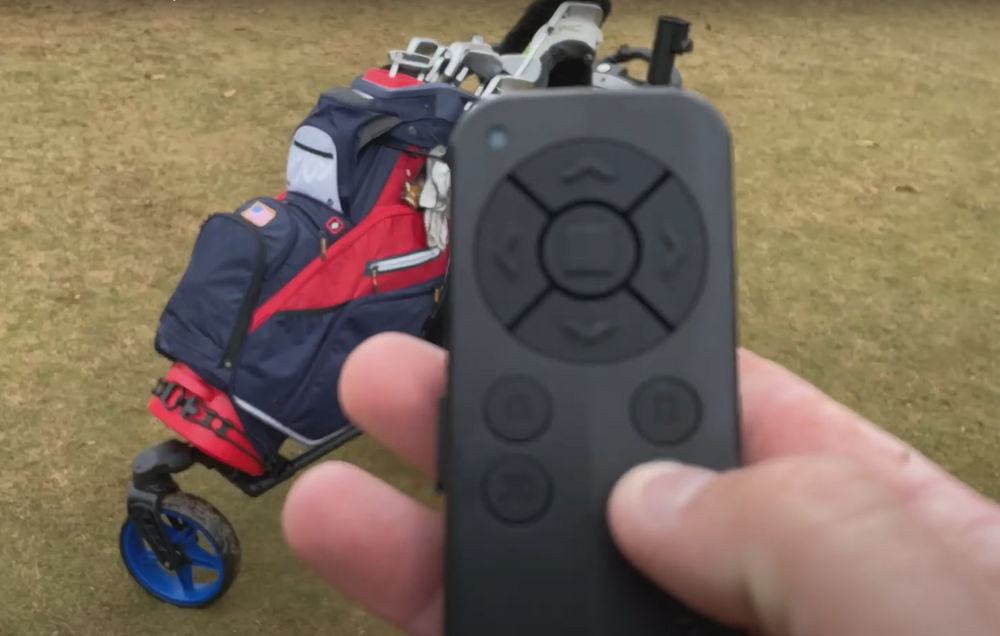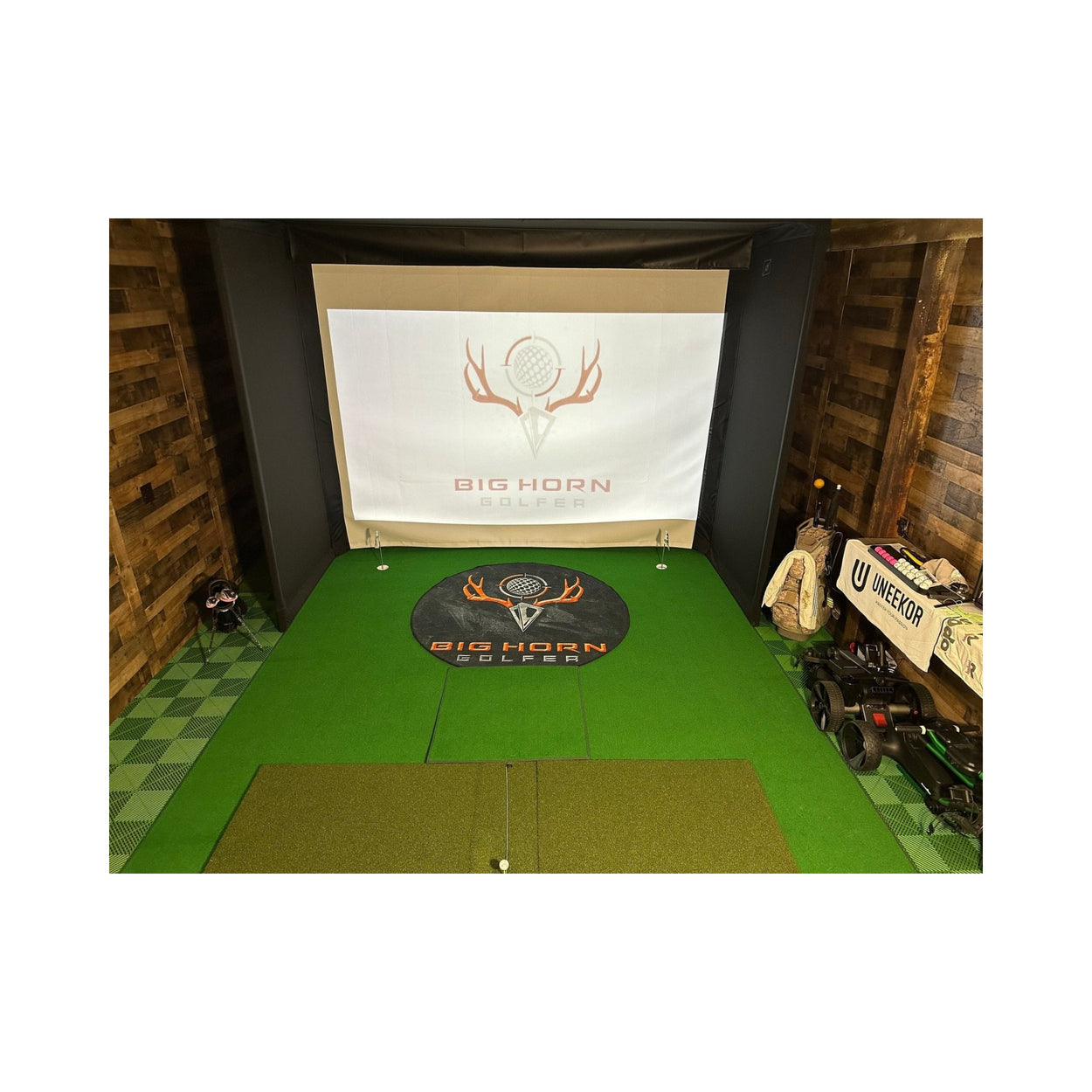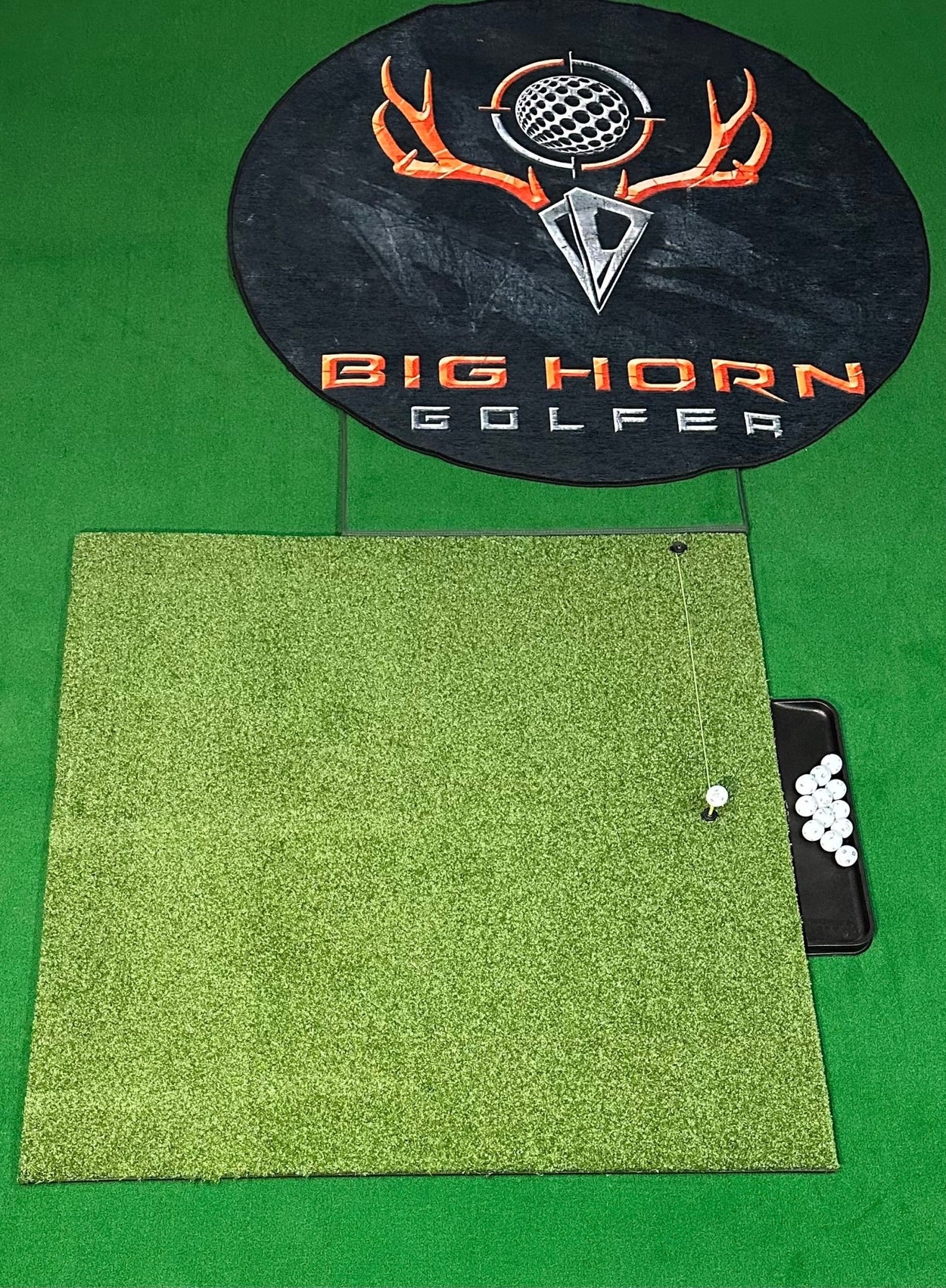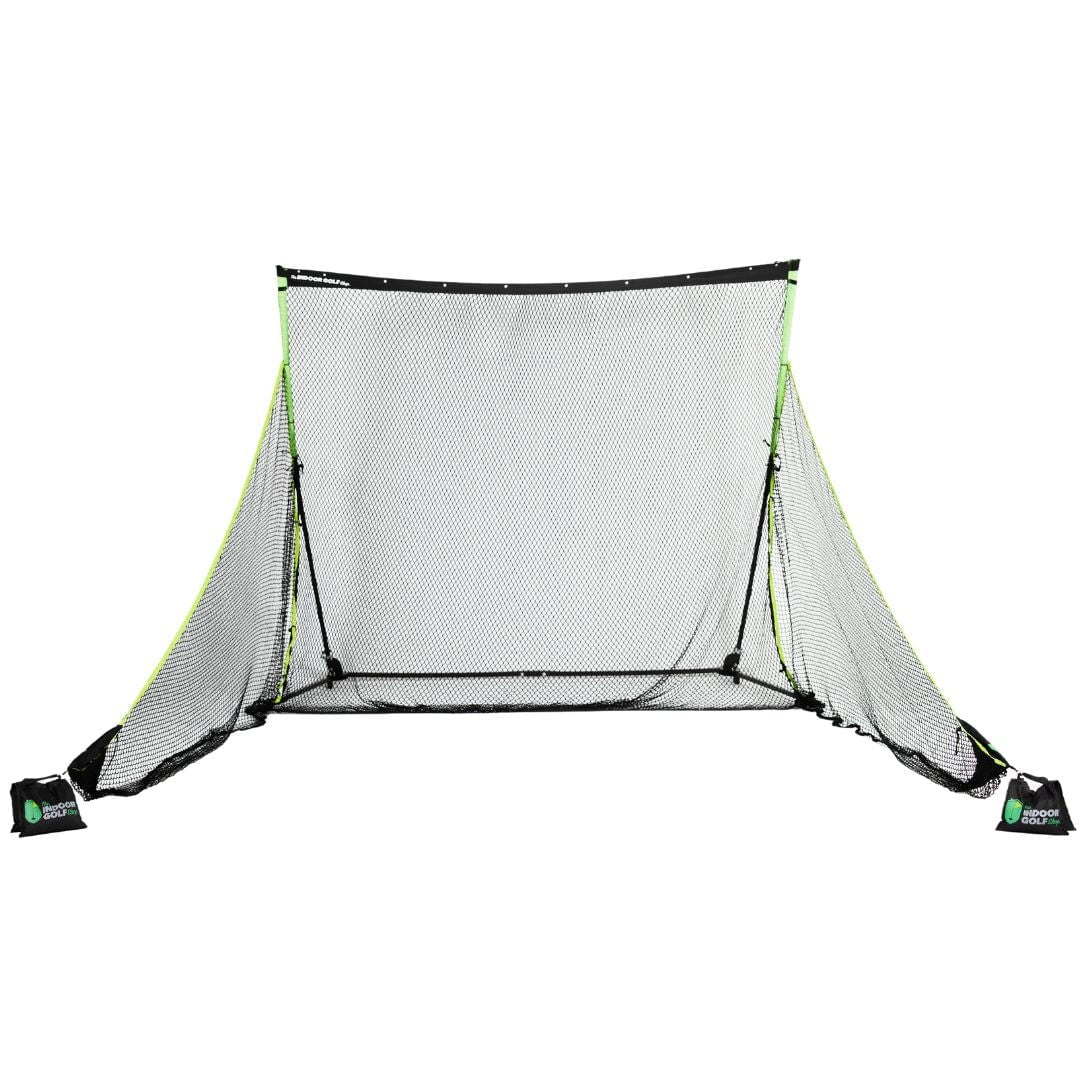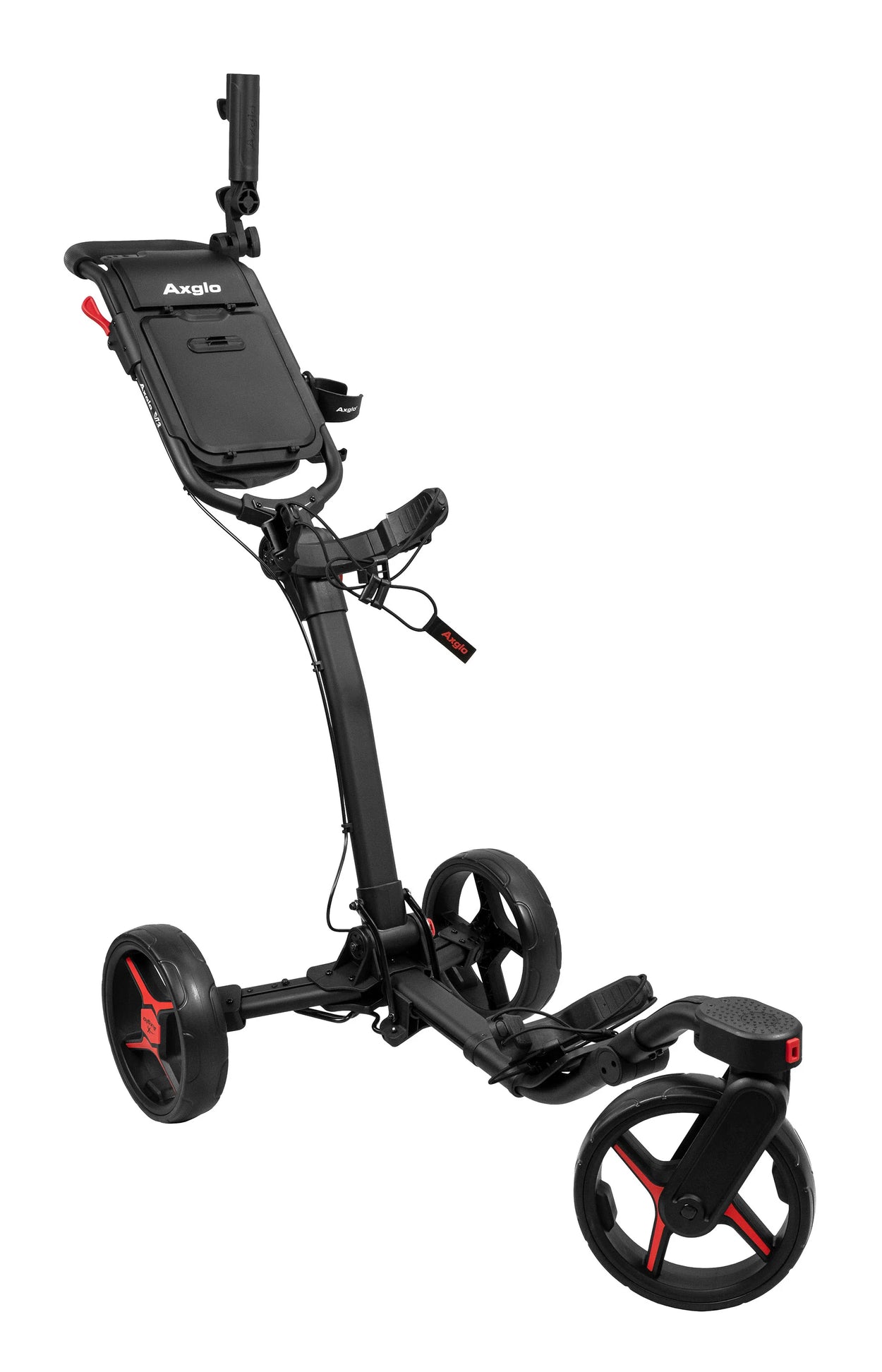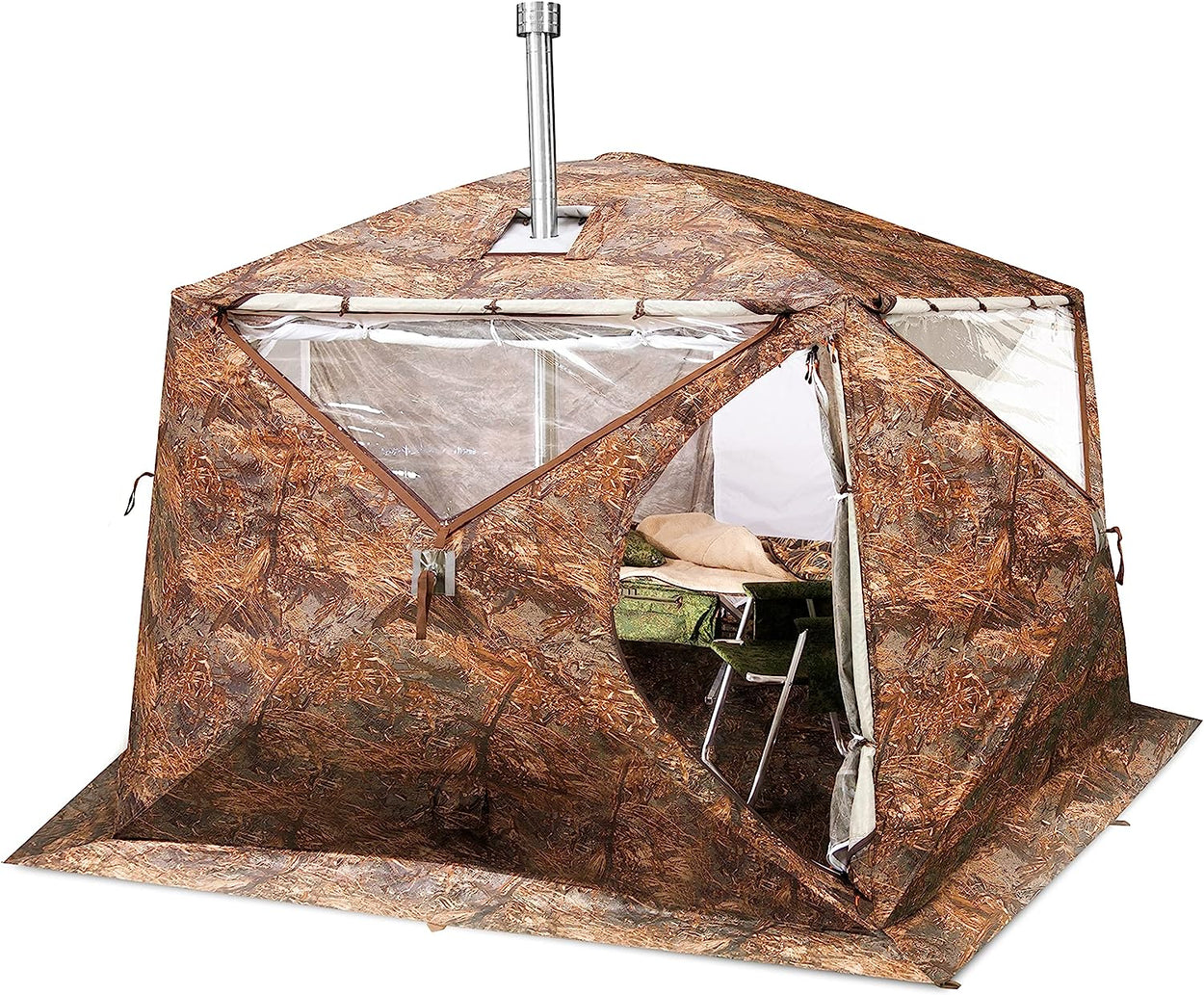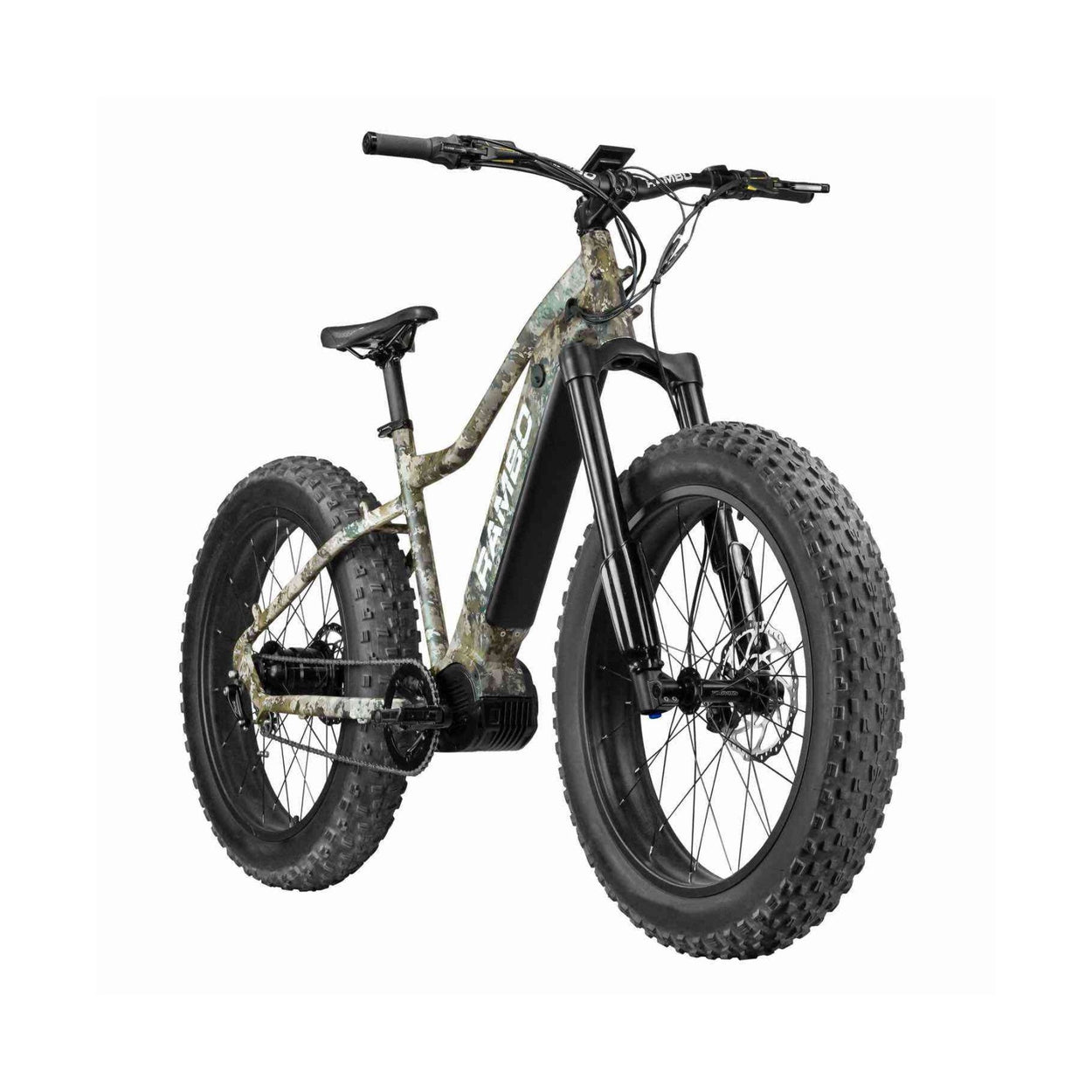ARTICLE
How Big Can a Ball Marker Be in Golf? Understanding Size Rules and Etiquette
Chris Lang
Read Time: 13 minutes
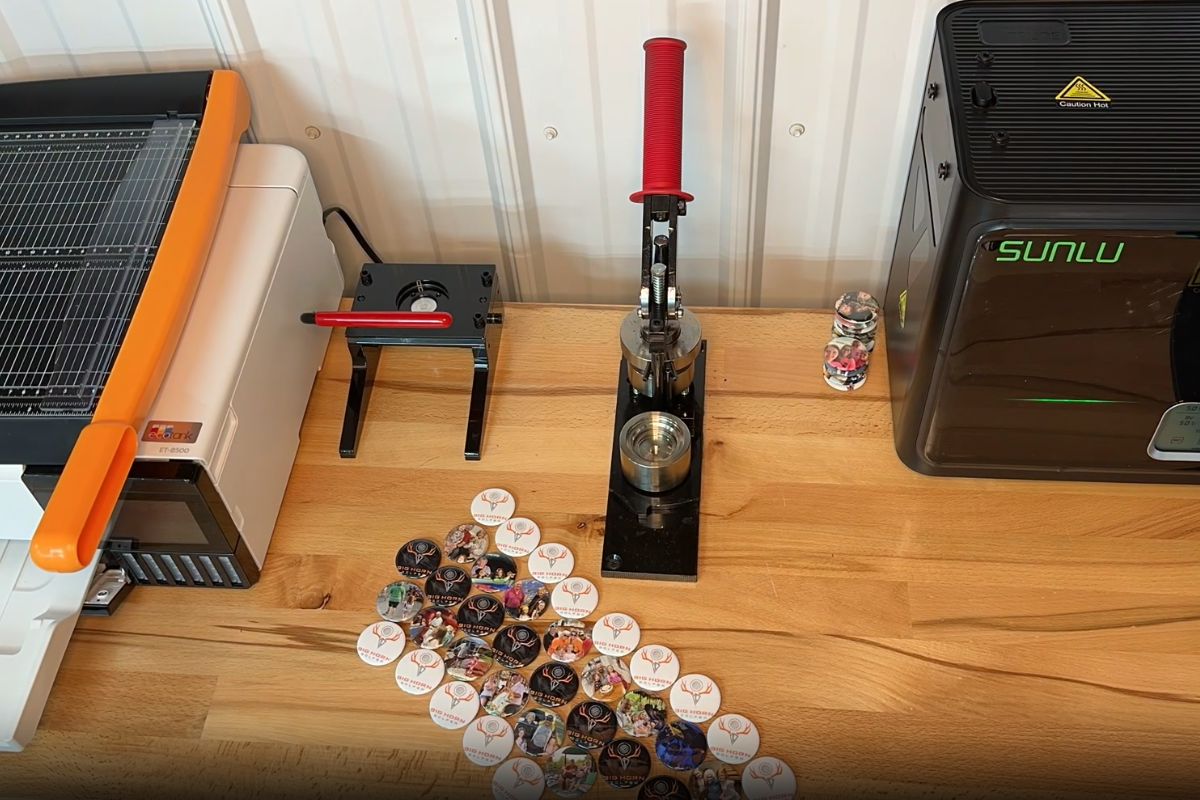
When it comes to golf, every detail counts—even the size of your ball marker. I’ve often found myself pondering how big a marker can actually be without causing issues on the green. While it might seem like a minor accessory, the ball marker plays a crucial role in maintaining the etiquette and flow of the game.
Traditionally, ball markers are small and flat, designed to avoid interfering with other players. However, understanding the specific size regulations can help you choose the right marker that fits your style while adhering to the rules. In this article, I’ll explore the guidelines surrounding ball marker dimensions and share insights on how to make the best choice for your game.
Understanding Ball Markers in Golf

Ball markers are integral to the game of golf, serving as tools to indicate the position of a player's ball on the putting green. Their primary function is to allow players to lift their ball without causing disruption to others. Ball markers typically maintain a small, flat design, ensuring they don't obstruct fellow players' lines of sight.
Golf's official rules, specifically the definitions provided by the RA and USGA, confirm that a ball marker is an artificial object used strictly for marking a ball's position. The regulations dictate that the maximum size for a ball marker is 1.5 inches (approximately 4 centimeters) in diameter. Hence, many players choose coins or specially designed markers that meet this size requirement, promoting etiquette and fair play.
You can also get these in packs in the following options:
1. Single Custom Golf Ball Marker
2. 3 Set Custom Golf Ball Marker
3. 6 Set Custom Golf Ball Marker
4. 9 Set Custom Golf Ball Marker
Moreover, selecting the right ball marker balances personal style and adherence to regulations. While I might prefer a unique or custom marker, it's crucial to ensure it adheres to the size limitations established by the game's governing bodies. This way, I can maintain both my personal touch and compliance with the rules, improving my experience on the course while respecting others' chances to play. Also, at Big Horn, we offer personalized engraved golf ball markers so that you can have fun at the course.
Size Regulations for Ball Markers

Understanding the size regulations for ball markers is crucial for any golfer aiming to follow official guidelines. The size of a ball marker can significantly impact gameplay, and it’s essential to know the specifications outlined by golf authorities.
Official Standards Set by Golf Authorities
Golf's official governing bodies, the R&A and the USGA, dictate that a ball marker must not exceed 1.5 inches (approximately 4 centimeters) in diameter. Additionally, for ball markers that include alignment aids, specific size limitations apply. These markers must be less than one inch in height and less than two inches in any horizontal direction. Markers exceeding these dimensions, especially those meant for alignment, are categorized as alignment devices and are not permitted during play, ensuring that everyone adheres to the same standards for fair competition. Read our thorough guide on using golf ball alignment markers.
Common Misconceptions About Size Limits
Many golfers mistakenly believe that larger markers improve visibility or functionality. However, the regulations are clear: exceeding the specified sizes risks penalties and could disrupt gameplay. Some golfers may think that using decorative items like poker chips is acceptable if they are eye-catching, but if those items don’t comply with size restrictions, they aren't lawful in tournament settings. Familiarity with ball marker dimensions prevents misunderstandings and promotes consistent use of equipment on the course. Learn more about how does a golf ball marker work in our guide.
Practical Considerations for Ball Marker Size

Understanding the practical implications of ball marker size helps maintain the game's integrity and ensures a smooth playing experience. Players often overlook size regulations, which can affect both gameplay and etiquette.
Impact on Gameplay and Etiquette
Ball markers that exceed the established size limits may create distractions for fellow players. A marker larger than 1.5 inches in diameter could obstruct sightlines and disrupt the flow of play. Maintaining smaller, compliant markers reduces the potential for disputes on the green, upgrading both personal and communal gameplay. It's essential to position the marker appropriately to avoid interfering with the stance or stroke of other players. If conflicts arise regarding visibility, relocating the marker one clubhead length to the side typically resolves the issue amicably.
Choosing the Right Size for Different Course Conditions
Selecting the right size for a ball marker depends on course conditions and personal preference. On well-maintained greens, smaller, traditional markers suffice, allowing players to adhere to size regulations while minimizing distraction. However, on uneven or challenging terrains, slightly larger markers can aid visibility without exceeding the permitted dimensions. When opting for decorative markers, ensure compliance with the maximum size to avoid penalties. By choosing the appropriate size, players can express individuality while adhering to golf’s etiquette and maintaining a competitive spirit.
Customization of Ball Markers

Custom ball markers offer a way to personalize my golfing experience, reflecting my unique style while adhering to regulations. Various options exist, allowing for practical choices that improve both function and form.
Personal Preferences and Size Variations
I can choose from a wide range of sizes and shapes when personalizing ball markers. While the maximum diameter is 1.5 inches, some manufacturers offer smaller or custom sizes. Popular choices include die-struck markers that showcase names, logos, or initials. Many markers come in multiple colors and finishes, allowing me to pick variations that resonate with my personal style. Customization possibilities, such as adding a favorite sports team logo or initials, create a more personal connection to the game.
Functionality vs. Aesthetics in Design
Design plays a significant role in determining which ball marker to use. Markers must meet size requirements for legality during play, yet they can be stylish. I often consider how a marker combines function with aesthetics. For example, magnetic markers offer convenience, ensuring they stay attached to metal surfaces, while vibrant designs catch the eye. While aesthetic appeal improves personal expression, it's crucial that the marker complies with golf's regulations, minimizing distractions during play and maximizing functionality. Choosing a marker that balances these elements upgrade my overall golfing experience.
Conclusion
Understanding the size regulations for ball markers is crucial for every golfer. It not only ensures compliance with the rules but also refines the overall experience on the course. I've found that selecting a marker that balances personal style with the required dimensions can significantly improve gameplay and etiquette.
By sticking to the guidelines set by the R&A and USGA, I can avoid distractions and maintain the flow of play. Whether I prefer a classic design or a customized option, keeping my marker within the specified limits allows me to express my individuality without compromising the integrity of the game. So next time I choose a ball marker, I'll remember that size does matter, but it shouldn't overshadow the spirit of golf.
Q: What are the rules of golf regarding the size of a golf ball marker?
A: According to the rules of golf, a golf ball marker can be any size, but it should be used to mark your ball on the green. However, smaller markers like a dime or a quarter are commonly accepted.
Q: Can I use a poker chip as a golf ball marker?
A: Yes, you can use poker chips to mark your ball. However, they should be a reasonable size, similar to a quarter, to avoid any confusion during play.
Q: What does it mean to lift and clean a golf ball?
A: To lift and clean a golf ball means that the player must lift their ball from the green or fairway, clean it, and then replace it in the exact spot where it was marked.
Q: Is there a one-stroke penalty for improperly marking the ball?
A: Yes, if a player fails to properly mark their ball before lifting it and it results in an advantage or disruption in play, the player could serve a one-stroke penalty.
Q: When should a player use a magnetic golf ball marker?
A: A player must use a magnetic golf ball marker when they prefer a convenient way to keep their marker attached to their hat or belt during play. This helps avoid losing it on the course.
Q: Can my caddie mark my ball for me?
A: Yes, a caddie can mark your ball on the green, but it is the player’s responsibility to ensure the ball is marked correctly and replaced properly.
Q: Are there any restrictions on natural objects being used as markers?
A: Players may use natural objects like a leaf or twig to mark their ball, but they must ensure that these objects do not interfere with play or create confusion.
Q: How do I verify the position of my ball after marking it?
A: To verify the position, players should ensure that the ball is replaced within the same spot where it was marked. If unsure, they can consult their playing partners or caddie to confirm the location.
Q: What should I do if I accidentally hit my ball marker?
A: If a player’s ball hits a ball marker, the player must replace their ball at the original spot without penalty. The marker can be adjusted if necessary to avoid future interference.
Q: Can I use a larger piece of equipment to mark my ball?
A: While a player can mark their ball with a larger piece of equipment, it’s best to use smaller, more conventional markers to prevent any confusion with other players on the golf course.
Articles
More Articles
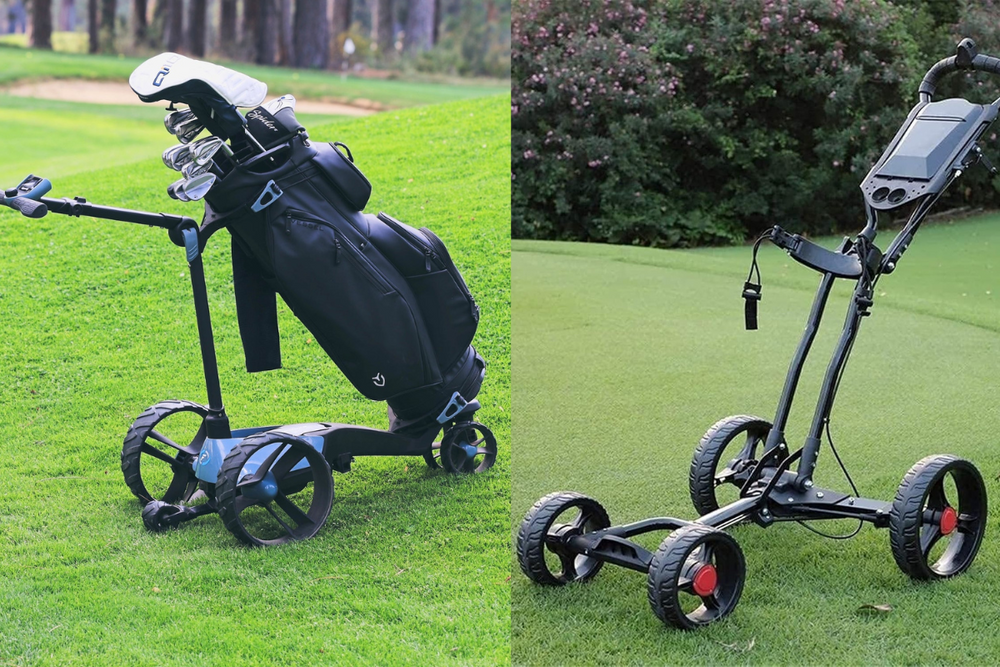
3 Wheel vs 4 Wheel Golf Push Cart: Which is Better for Your Walking Rounds?

How to Use a Golf Push Cart: Tips for Using a Push Cart in Golf
